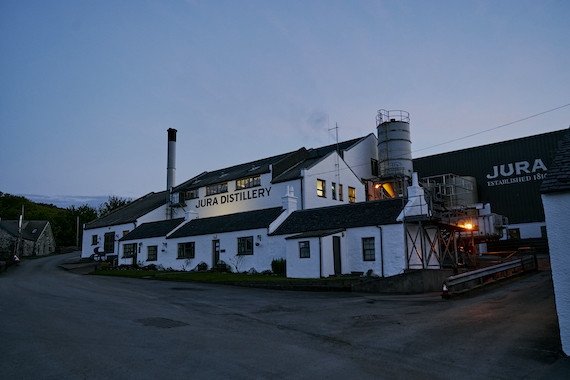The new coating, developed by the University of Hertfordshire and leaders in bio-based construction, UK Hempcrete, aims to reduce the carbon footprint of the island whisky makers, which will celebrate its 60th anniversary in April.
Jamie Muir, Jura’s distiller manager, said: “The Isle of Jura is a beautiful place to make Scotch whisky, but it is not necessarily the easiest place to be a whisky maker.
“When we created The Green Print, we laid out our commitment to make a positive impact on the local community where we make our whisky. This partnership with our friends at UK Hempcrete and the University of Hertfordshire will deliver a pilot which we believe could make a positive impact across the Scotch whisky industry and beyond,” Muir added.
The solution increases a building surface’s absorption of CO2 and this project will be the prototype for a potential solution in building conservation, which could help many businesses in their commitment to a zero-carbon approach.
The beachside distillery is located on the Hebridean Isle of Jura, home to an island community of 212. Currently, wind-driven rain on the island weathers the distillery, which prompts annual repainting to protect the building, also increasing carbon emissions through the transportation of materials to the island and the fulfilment of the maintenance works.
This new, more-robust surfacing is self-repairing, which is expected to reduce how often the repairs are needed, therefore reducing the annual carbon emissions from the distillery.
The initiative forms part of ‘The Green Print’, the roadmap to net zero created by the wider Whyte and Mackay whisky house, which lays out its vision for a sustainable future.
The project has received funding from the Arts and Humanities Research Council, as part of the Design Exchange Partnership Programme, as the trial will aim to establish whether this is a sustainable solution for the building industry long term.




